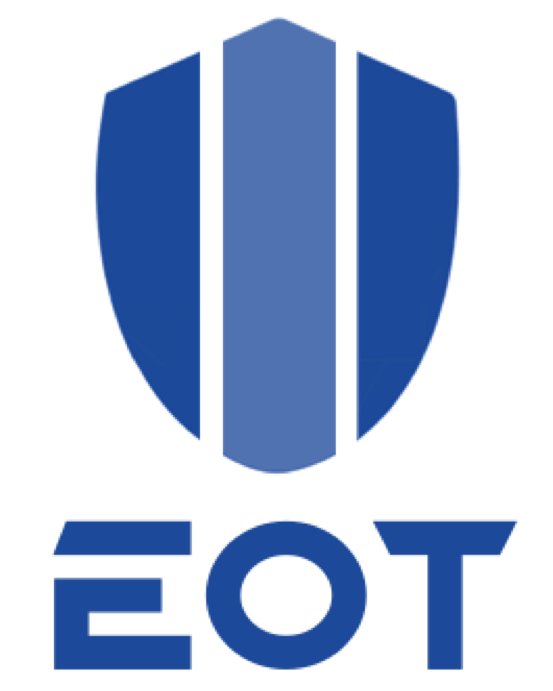- marketing admin
- Articles
AI is revolutionizing the interaction of information technology (IT) systems with industrial systems and evolving each day into a better alternative resource close enough to match the intelligence of human resources at work. Generative Pre-trained Transformers (GPT) are the new edge in AI enabled IT service that serves all industries, including creative arts, with its sophisticated algorithms in generating random responses to prompts from the user.
Chat GPT is a special case of GPT which works only with text responses based on the analysis of the corpus (texts) based on the pre-trained LLM neural net set. It leverages the accuracy of Large Language Models (LLM) and Neural Nets to predict or suggest word sequences in response to user prompts.
LLM learns by scanning and analyzing the distribution of words from hundreds of thousands text pages and creates a distribution map of the words based on the highest occurrence of a sequence in the sample texts.
Neural Networks (Nets) trained on specific LLMs are the key drivers of the GPT engine that determines the relevance and randomness of the generated text, based on probabilistic word choices in a sequence, for any user prompts.
Tokens
Tokens are segmentation and classification of words from sentences which are then clustered based on the parts of speech and the intent of the words. Tokenization helps machines to break down chains of words into meaningful units and understand the language and the context of the text.
Tokenization is highly dependent on the language model and varies based on the task at hand. Effective tokenization can make machine learning systems to generate more appropriate responses for the user prompts in a cohesive and contextual manner.
The most interesting key feature behind the random generation of texts is the temperature parameter. This indicator tunes the degree to which the randomness is seen in the generated text.
Temperature
The degree of randomness and diversity of the generated text is tuned using the “Temperature” parameter. It works on the scale of 0 to 1, and the closer the temperature value is set to 1, a “higher temperature” condition occurs and it chooses less probable words in the generation of texts which makes it more creative. If the value is 0 or is less than 0.5, it is at the lower temperature condition, and the generated output is less creative or more probable words appear in the generated text.
For creative writing tasks, a higher temperature setting generates a more informal, and less common sequence of words to make the response more engaging for the user. On the other hand, a lower temperature setting will generate text with more common word sequences, making it formal and suitable for technical documentation purposes.
Language Models
For a machine to learn, it has to be trained with large volumes of corpus and develop a knowledge bank of insights on how the word distribution and chain of words occur in a sentence. Language models are pre-trained models on a large set of corpus that studies the probabilistic occurrence of words and assigns a probability score to the word or the sequence.
Two possible training of the models at relevant stages, one at the pre-training and the other for fine tuning of parameters. Pre-training lets the LLMs train on finding missing words, predicting the words based on the intent of the word sequence available. Fine tuning adjusts the parameters of the models to a specific task and customizes the output to be relevant to a specific task.
n-gram
n-gram is a simple probability prediction model to predict the occurrence of words or letters in a sequence based on the training on a sample corpus. It is most common to use “bi-gram” where two letters, or word combinations are compared and the probability of all possible combinations are visualized in 2D graphs. This powerful trend prediction model can be extended to whole sentences or sequence of sentences, where most probable or highly common word or sentence combinations are predicted and mapped using a n-gram model, which is multidimensional. Based on the n-gram result, probabilities are determined for various combination sequences of either the letters, words or sentences.
Language models use this n-gram probability map of n times (n – letters, words, or sentences) to generate or choose items from the language basket. Also, using n-gram analysis, LLMs models can learn the frequencies and co-occurrence patterns of different items, enabling them to generate coherent and contextually relevant text.
However, LLMs are heavily used in the Natural Language Processing (NLP) applications, such as text summarization, building chatbots, Q&A discussions, and the content generation for social media platforms.
Neural networks
The intelligence of a system is directly related to the ability of the system to learn, adapt, and reason ideas to closely match that of a human intelligence. Neural networks are the backbone of all AI based systems that are trained and tested for any specific task.
Although LLMs specify the word choices based on probabilistic occurrence of words in sequence, the order and intent of a response is the responsibility of neural networks. They mimic the functioning of a human brain with “artificial neurons”, composed of a number of layers with interconnected nodes each trying to solve simple computation chunks and passing on the result to the adjacent layers.
The correctness of neural networks is ensured using the backpropagation technique, that takes the output of the net model and compares it with desired output and describes the difference as a loss function. This is then fed back into the net model to correct the parameters or knobs or weights that control the model effectiveness in generating zero loss function output.
Similarly, forward propagation is the technique used to predict based on earlier neural nets outputs. captured from running through a raining or production set. The neural net predicts the outcomes using a gradient descent technique to reduce errors and reach the desired outcomes in less iterative steps.
Training Neural Networks
Neural Networks are self learning systems which feed heavily on training corpus or examples before checking into the task. To train a neural network on a particular task, just feed in the examples or corpus, relevant to the task to be performed and let the net (neural networks) do self learning by analyzing and consolidating information from a lot of examples.
Using the analysis, trained nets create generalizations about the examples or corpus, and use it while doing any relevant task on real information assets.
Getting examples for supervised learning models is not easy, and the training process is even harder, since it needs specific example sets tailored for training the supervised learning models.
However, for faster turnaround time on training models, it is advised to use transfer learning techniques that transfers accumulated knowledge from earlier training and adds new information to an existing knowledge stack. Also, creating variation in examples, such as modifying images slightly with basic image processing will be a best example for training neural nets on image processing and pattern recognition related tasks.
Inside Chat GPT
Chat GPT is an unsupervised learning neural net that is much easier to train using examples. It is as simple as giving a piece of text and getting an output of an unmasked piece of text. There is no need for explicit text tagging, as in the case of supervised learning neural nets.
The Chat GPT engine is trained using a feedforward neural network which is an iterative process of adjusting the weights (on nodes) and minimizing the loss function. For this, it needs a labeled example, which means the input tied to the desired outputs.
The labeled example is the output of a trained model using backpropagation and gradient descent techniques, where the network learns to tailor its weights and gradually progresses to flattened loss function. A flattened loss function means that the predictiveness of Chat GPT is close to the desired outputs.
The robust capabilities of GPT models to respond to user prompts with more accurate and intuitive responses make them more relevant for use cases such as text summarization, answering questions, building chatbots, and generating content for social media platforms.



